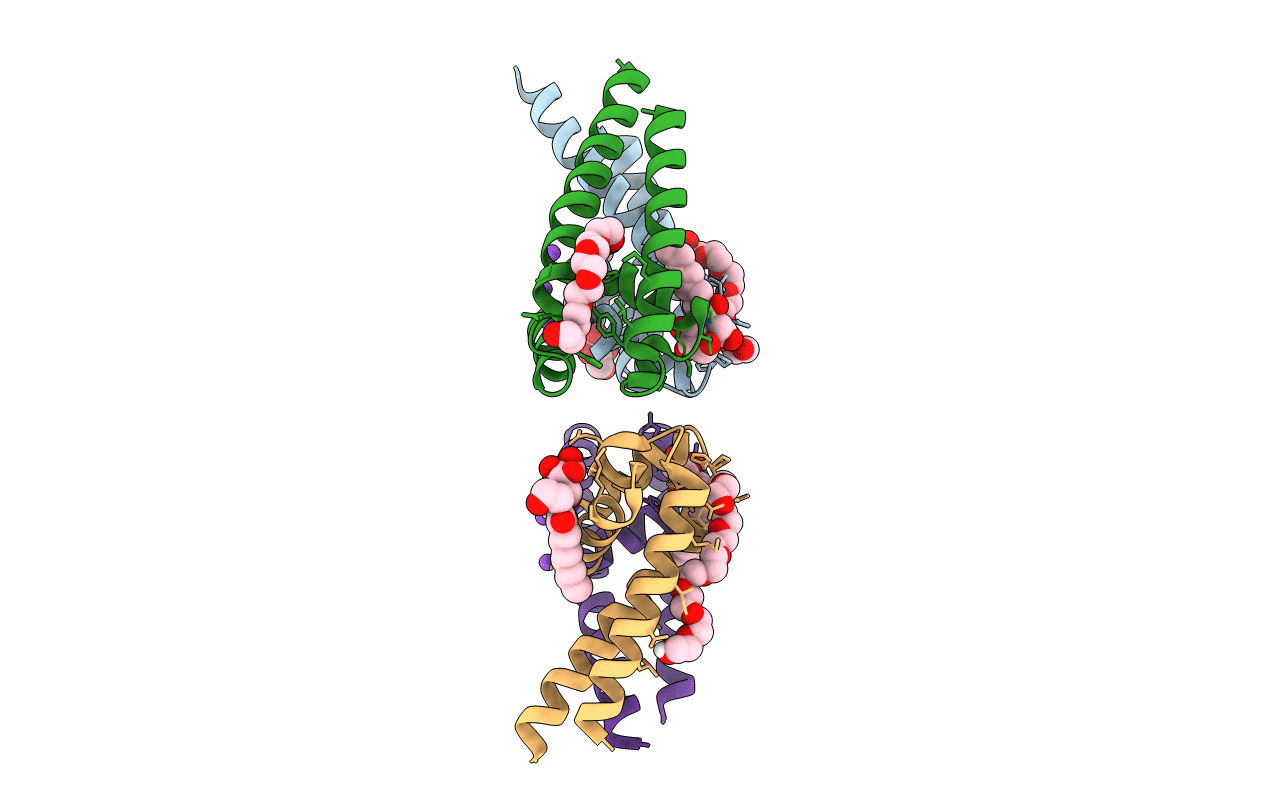
Deposition Date
2013-01-21
Release Date
2013-10-02
Last Version Date
2023-12-20
Entry Detail
PDB ID:
3ZJZ
Keywords:
Title:
Open-form NavMS Sodium Channel Pore (with C-terminal Domain)
Biological Source:
Source Organism:
MAGNETOCOCCUS MARINUS MC-1 (Taxon ID: 156889)
Host Organism:
Method Details:
Experimental Method:
Resolution:
2.92 Å
R-Value Free:
0.28
R-Value Work:
0.25
R-Value Observed:
0.25
Space Group:
C 2 2 21


